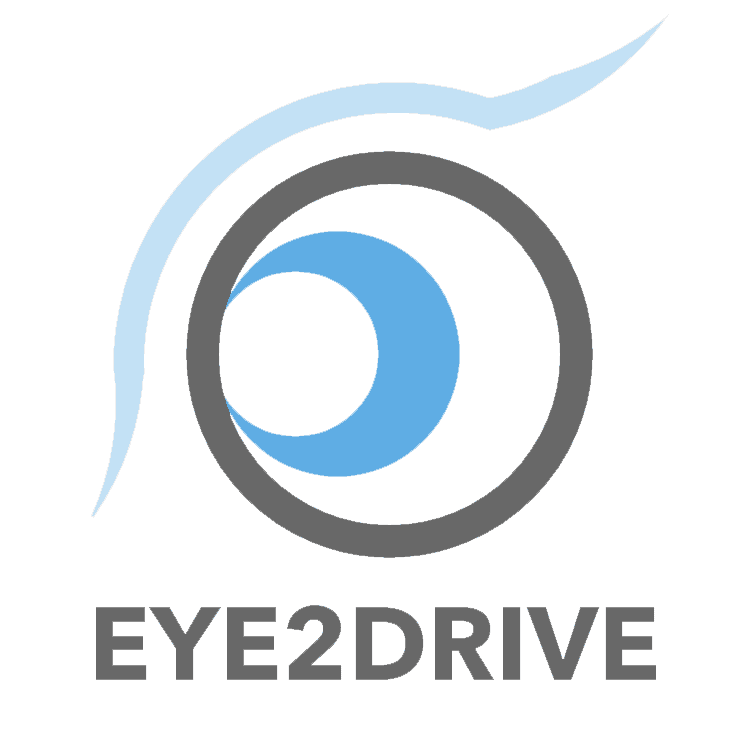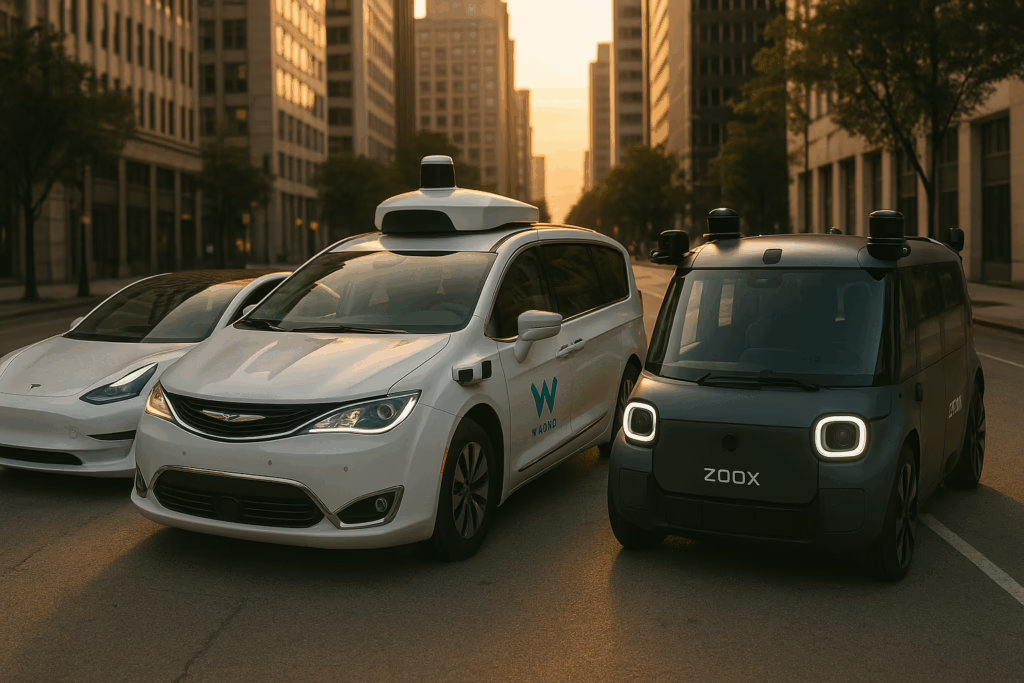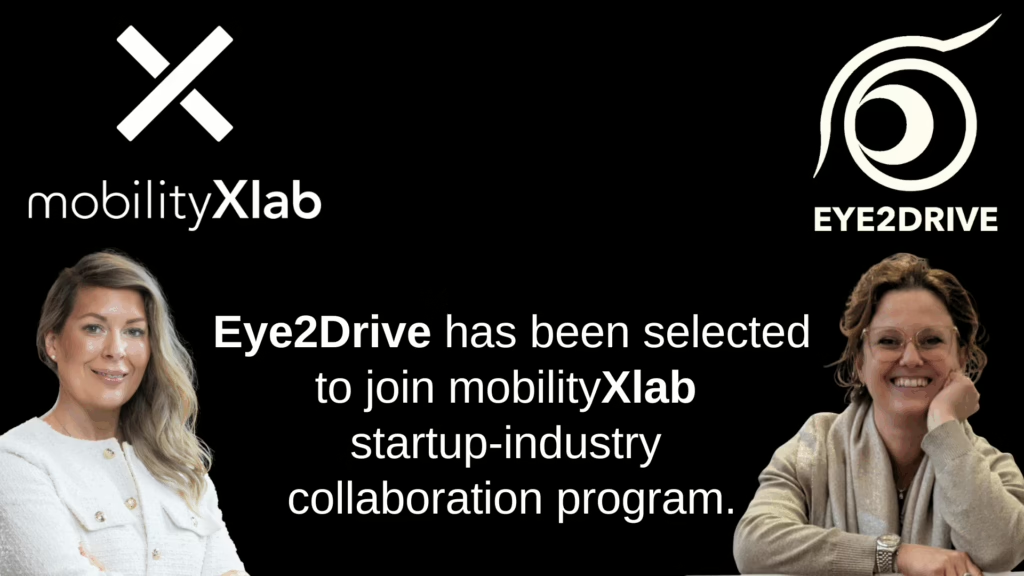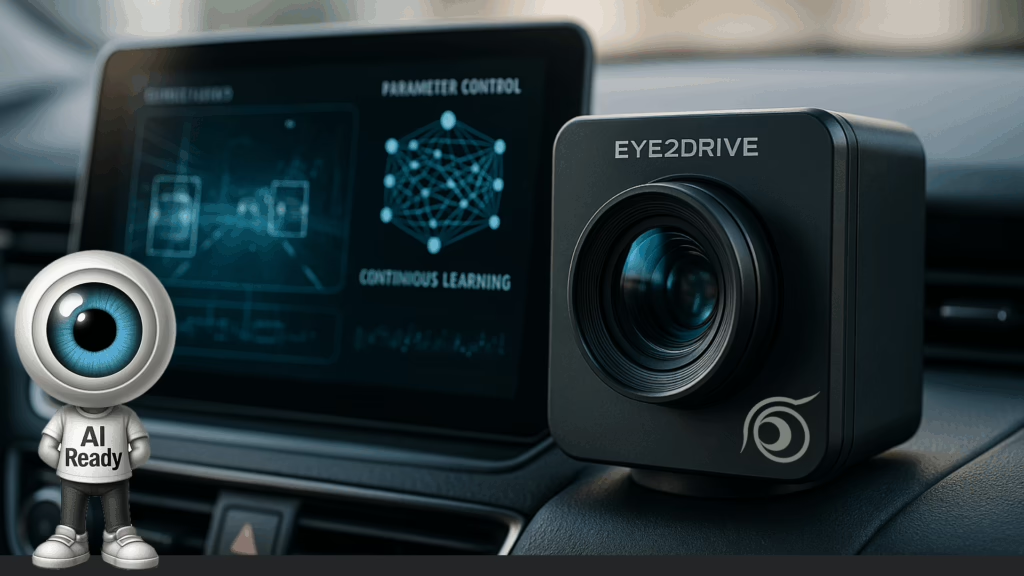Tesla’s Robotaxi Bet: Vision-Only vs. Multi-Sensor Reality Check

In the escalating race toward full autonomy, Tesla’s radical vision-only strategy stands as one of the most hotly debated approaches in the mobility tech landscape. Dubbed “Tesla Vision”, the company’s reliance on an eight-camera array combined with advanced neural networks marks a distinct departure from the industry’s consensus on multi-sensor fusion. Where most competitors employ LiDAR, radar, and HD mapping in conjunction with cameras to create redundancies and enhance reliability, Tesla chooses simplicity, scalability, and cost efficiency.
Tesla, which is currently conducting its latest autonomous vehicle trials in Austin, is testing the real-world viability of vision-only autonomy with its robotaxi fleet. These trials reveal a mixed picture: Tesla’s approach offers undeniable benefits in terms of production scalability and data leverage, primarily through the Dojo supercomputer. However, critics cite troubling edge-case vulnerabilities, from poor low-light performance to difficulty detecting stationary objects, that seem to highlight fundamental limitations of a camera-only system.
The plan includes a pilot fleet of 10–20 remote-supervised Tesla Model Ys in Austin by mid‑2025 with geofencing and emergency tele-operators, marking a step back from his earlier Level 5 autonomy vision. — The Verge
By contrast, Waymo’s multi-sensor fusion strategy continues to yield safer, more reliable autonomous operations. With LiDAR, radar, and precision mapping at its core, Waymo has already deployed hundreds of thousands of fully driverless rides with relatively few incidents. This stark difference underscores the ongoing industry debate between scalability and safety, where trade-offs are no longer theoretical but are playing out on public roads.
Amid the ongoing technological divide in autonomous navigation, Eye2Drive stands out as a pivotal innovator. Inspired by the perfection of the human eye, Monica Vatteroni, CEO, led the design of a silicon-based solution that redefines digital imaging performance. Leveraging proprietary chip technology, our advanced imaging sensor significantly enhances camera-based systems with high-resolution imaging and superior handling of edge cases. By eliminating the need for bulky and costly LiDAR arrays, Eye2Drive’s solution bridges the scalability of Tesla’s architecture with the safety-focused redundancies of companies like Waymo, offering a smarter, more efficient path forward in autonomous navigation.
Eye2Drive’s sensor technology can elevate vision-based autonomy to new heights, enabling a future where cost efficiency and operational robustness coexist.
Key Points
- Tesla’s Vision-Only Gamble: Despite the cost advantages and data scalability of Tesla’s camera-only approach, tests reveal consistent misidentifications, such as confusing stationary objects for pedestrians, raising questions about its readiness for real-world deployment at scale.
- Waymo’s Redundancy Wins: By leveraging a sensor-fusion model that includes LiDAR, radar, and high-definition mapping, Waymo has not only avoided high-profile failures but also accumulated hundreds of thousands of safe, driverless rides, demonstrating higher system reliability.
We designed a silicon-based solution that redefines digital imaging performance, eliminating the need for bulky and costly LiDAR arrays while bridging the scalability of Tesla’s architecture with the safety-focused redundancies of companies like Waymo. — Monica Vatteroni, Eye2Drive CEO
Takeaways
The autonomous vehicle industry continues to evolve rapidly, but diverging philosophies around sensor architecture are shaping vastly different trajectories. Tesla’s adherence to a camera-only, AI-first model prioritizes cost efficiency and scalability. With access to unparalleled real-world driving data and the computational muscle of the Dojo supercomputer, Tesla aims to train neural networks capable of matching—and eventually surpassing—human drivers. However, as evidenced in recent Austin tests, the current limitations of this approach are glaring in complex environments and unpredictable scenarios.
Meanwhile, Waymo and similar competitors have chosen a more conservative yet technically robust path, employing sensor redundancy and detailed high-definition (HD) mapping to minimize failure rates. Their success in rolling out fully driverless rides at scale without major incidents lends credibility to this cautious approach.
Here, Eye2Drive positions itself as a unique enabler in the autonomy landscape. While Tesla’s strategy aims to eliminate expensive hardware, Eye2Drive’s chip-based sensor offers a middle ground, preserving the vision-first ideology while enhancing it with high-performance imaging capabilities that overcome many of the shortcomings of current camera-only systems, all while keeping costs under control. By integrating advanced features such as superior low-light performance, real-time object differentiation, and chip-level image processing, Eye2Drive can help enhance the safety profile of vision-centric platforms without incurring prohibitive costs or complexity.
Tesla’s Vision-Only vs. Multi-Sensor Autonomous Driving Approaches
| Tesla’s Vision-Only Strategy | Multi-Sensor Approach (e.g., Waymo) | |
|---|---|---|
| Key Principle | This framework seeks to construct a robust perception system by adopting cameras as the sole sensor for perceiving the vehicle’s surroundings. The strategy aims to replicate and eventually surpass human visual perception. | This framework aims to build a robust perception system by integrating multiple sensor modalities. The goal is to benefit from the complementary strengths of each sensor to achieve a more complete and reliable understanding of the environment. |
| Sensor Types | Primarily relies on multiple cameras (typically 8) for a 360-degree view around the vehicle. Historically, it also used radar but has since moved to a pure vision-based approach. | Integrates cameras (for visual context), LiDAR (for precise 3D mapping and depth), Radar (for distance, velocity, and all-weather capability), and Ultrasonic sensors (for short-range detection). |
| Purpose | To gather visual data for AI training and inference regarding the vehicle’s surrounding environment. This primarily includes identifying lanes, signs, traffic lights, other cars, obstacles, and pedestrians. | To gather comprehensive and redundant spatial data, primarily through LiDAR and radar, to build accurate environmental models. This complements camera data for depth and movement. |
| Cost | Generally lower hardware costs due to its predominant use of cameras, which are relatively inexpensive compared to specialized sensors like LiDAR. Software development costs are significant. | Generally higher hardware costs due to the integration of multiple expensive sensor types, particularly high-resolution LiDAR units. LiDAR costs are decreasing, but it’s still a significant investment |
| Complexity | Simpler due to fewer components. Software: Highly complex, requiring advanced AI and neural networks to interpret visual data for object detection, depth perception, and motion prediction. This also involves extensive training data. | Hardware: More complex due to the variety and number of sensors, requiring intricate integration and calibration. Software: Also complex, as it involves “sensor fusion”—effectively combining and interpreting data from these disparate sources. |
| Reliability | Can be vulnerable to conditions that impair camera visibility, such as heavy rain, fog, direct sunlight glare, or extreme low light. Relies heavily on accurate AI interpretation, which can lead to occasional misjudgments or “ghost braking” in rare cases. | Generally, more reliable due to redundancy. If one sensor is compromised (e.g., camera view obscured), other sensors (LiDAR, radar) can still provide critical information. Excels in adverse weather conditions and low-light environments where cameras struggle. |
| Safety | Proponents argue that an advanced AI system trained on vast visual data can be inherently safer. However, critics highlight the lack of independent redundancy as a potential safety concern, particularly for edge cases or sensor failures in critical situations. Currently, requires active driver supervision. | Generally considered to offer a higher level of safety. The ability to cross-reference data from multiple, diverse sensors reduces the risk of errors from a single sensor’s limitations. This redundancy provides a more robust and dependable understanding of the environment. |
| Data Training | Relies heavily on training sophisticated neural networks using vast amounts of labeled camera footage from its fleet, along with “phantom” data generated from simulations. The focus is on pattern recognition and feature extraction from visual cues. | Utilizes multi-modal datasets for training, combining annotated data from all sensors (cameras, LiDAR, radar). This provides a richer and more varied input for the perception system, enabling cross-verification and improved understanding. |
| Scalability | Potentially more scalable for mass production due to lower per-vehicle hardware cost. The challenge lies in scaling the AI to handle all edge cases robustly. | While hardware costs have historically made large-scale deployment more expensive, the cost of LiDAR is continually decreasing, improving its scalability prospects. |
| Key Advantage | Lower hardware cost and the ambition to create a generalized AI system that can “see and understand” the world similarly to a human. This approach leverages the ubiquity of cameras. | Superior reliability and safety through redundant and complementary sensor data, particularly in challenging environments. Less susceptible to single-point sensor failures. |
| Key Challenge | Overcoming the inherent limitations of vision in adverse conditions (fog, heavy rain, snow, direct glare) and ensuring consistently robust depth perception and object classification solely through camera data. Also, dealing with “phantom” objects or sudden changes in lighting. | Managing the immense complexity of integrating multiple sensor types, ensuring their precise calibration, and effectively fusing their diverse data streams in real-time. The higher initial hardware costs remain a factor. |



